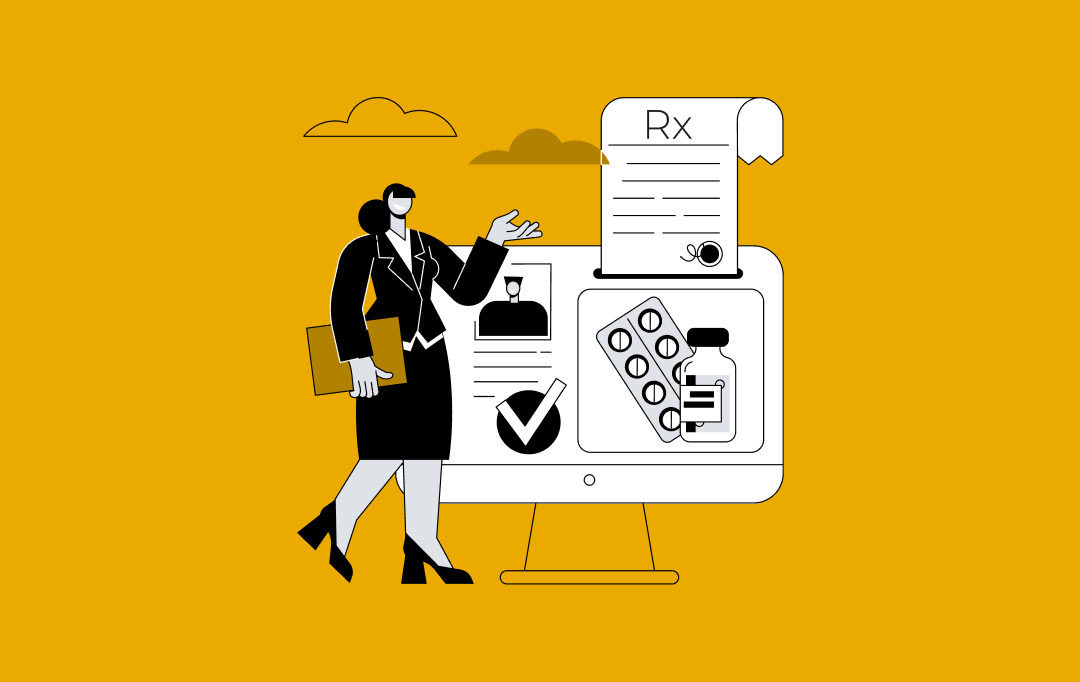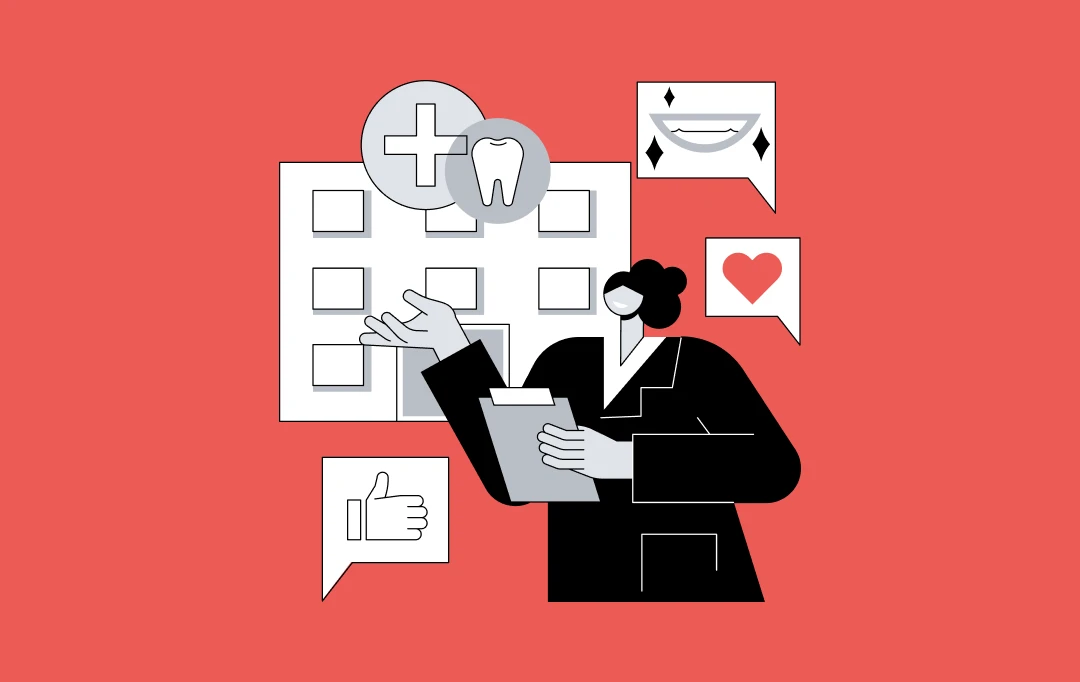As you read, COVID-19 is shutting down one nation after another. Around the globe, the coronavirus pandemic is having an unprecedented effect on daily lives. The virus has contacted every single sector as part of its dire impact on the global economy.
But its impact on the healthcare sector has been seismic.
COVID-19 is set to challenge the traditional working of the healthcare domain and push it towards an expedited adoption of digital health.
The value of digital approaches which are designed to help health professionals and the public stay up to date about the disease, maintain communication, and allow better strategic planning are now being highlighted more than ever before.
The one thing that is certain amidst this time after the pandemic impact has ended, we all will be left with structural changes in ways healthcare works. Although these changes were happening, they were piecemeal. COVID-19 is everything that is needed to expedite the process and bring upon the digital transformation.
[Also Read: Everything You Need to Know About mHealth Apps]
Here’s a detailed read on the coronavirus impact on healthcare industry.
How is mHealth changing?

Medical Distancing: To counter COVID-19 outbreak, key authorities like the WHO and CDC have been lobbying for ways to lower physical contact between the healthcare providers and patients, also known as medical distancing.
Telehealth service is becoming a force in the efforts to lower healthcare-specific COVID-19 transmission. It’s effectiveness has been acting as a promising one for areas including dermatology, cardiology, and diabetic care, etc. which allows high-quality remote care, all the while saving the time and physical space.
Even though telehealth has established itself as a great measure to back up medical distancing, there are certain barriers that have to be addressed. There are issues around patient characteristics like educational background and age, etc, uncertainties around the legal liabilities, in addition to issues of confidentiality and privacy.
Healthcare app development companies, however, have taken notes and are working on eradicating these issues.
Crowdsourced disease monitoring: the high surge of coronavirus crisis are highlighting the need of timely tracking the infected and their contacts. Flexibility and timeliness are known to be the two common weaknesses in the surveillance systems.
Digital health experts, through the mode of coronavirus tracing applications, make it possible to crowdsource disease monitoring. People from across the world put in their data – their travel routes, prospect of them having caught the virus, etc. for the healthcare agencies to track the hotspots and carriers.
Health Information Exchange to boost interoperability: Because of the pandemic and the overcrowding of patients and health facilities, a strong health data exchange has become a key in the health infrastructure. It has also shown us that ‘health data’ shouldn’t just consist of patients’ medical data but also consist of a wide data type coming in from individual’s offline and online activity.
We are going to see a lot more HIEs becoming open and un-localized. There will be many portals coming into existence for the patients and health systems to access the files.
“With the coronavirus exploding in communities and overwhelming hospitals nationwide, we need to help doctors and nurses on the front lines get the information they need now to stop the spread of this virus and save lives,’’ Allen Byington, co-founder of HIE Networks said. “There has never been a greater need for easy, seamless communications in health care.”
Surging demand for health gadgets: The coronavirus impact on healthcare sector has been a seismic wave of wellbeing awareness and anxiety. The fear of infection has expedited the adoption of applications and wearable as a mode of making people feel protected. Wearables are giving people accurate feedback on their blood pressure, body temperature, and health signals which are restoring the sense of control in people in addition to helping them track their health.
In addition to the rising demand and usage of wearable for preventive measures, the users are also adopting them for being fit and keeping up with their fitness goals that they have set for themselves.
Companies using technology to track, test, and treat COVID-19
- Apple & Google announced their plan to launch APIs which would enable interoperability between Android and iOS products. The two companies are also committed to developing bluetooth-based contact training features in their underlying operating systems. They believe that it would provide deeper data integration with the governments’ public health initiatives and health apps.
- Walgreens has expanded its telehealth program in a way that it includes COVID-19 risk assessment, information on the clinical trials, etc. The platform also includes a website and mobile health application to help patients navigate telehealth providers and health systems so that they can connect with nurses and doctors.
- The Kingdom of Bahrain has developed a COVID-19 tracking system which depends on the GPS tracking electronic bracelets and coronavirus contact tracing application. The system then alerts the government monitoring station when the infected individual leaves isolation.
- Acute care and SCP Health declared their partnership for providing scalable emergency service and hospital medicine through telemedicine
- Jefferson Health system laid a partnership with LifeLink for launching former’s chatbot across LifeLink’s 14 Philadelphia locations. The chabot would make use of AI for aiding pre-screen of coronavirus outbreak. The patients can also make use of the bot for figuring out the right approach of their treatment.
In conclusion: The post-coronavirus digital health
The after-COVID world is going to be remembered as when medical interactions such as a provision to primary care or management of several non-communicable diseases transferred to digital mode, by default, as opposed to exceptions. While we had very little impact on how coronavirus impacts the global digital health industry, the post-COVID19 world will see us accepting digital health as the new normal.
The new age will also likely enable other technologies like 5G, AI, IoT, etc. to help us all converge in a completely new variety of approaches. In this global pandemic, we are witnessing this happening in real-time and in a never-imaginable pace.
In England, primary care has now started finally embracing telehealth and has been delivering a digital first approach as a mode to manage streaming care to the appropriate places.
However, there’s plenty left to be done. There is a need for incorporation of a robust governance in deployment of these approaches. There should also be a robust clinic decision support within our deployments as a rule in place of exceptions.
The next important alteration which can be seen accelerating is an adoption of precision health: both in personalised and predictive health setup. We will see the utilization of digital technology in empowering the people to self-manage themselves in case of non-communicable disease.
Additionally, we have to understand that this new world of medical infrastructure will be very different from the health and care world we are used to. It would require us to remain open and adaptive. There is one thing guaranteed – the digital health world is going to change for the good.
[Also Read: Partner with a Renowned Company for Great Healthcare Apps]



How Much Does it Cost to Build a Custom Dental Practice Management Software?
In recent years, dental practices have shifted away from manual, paper-based systems and embraced advanced software solutions. This change boosts efficiency, enhances patient experiences, and improves data management. While dealing with patient data, dentistry has ditched old-school methods like physical charts, appointment books, and manual billing. They’ve leveled up with a high-tech data handling &…

EMR Integration in Healthcare Systems - Benefits, Features, Process, Costs
EMR integration, having proved its worth in the healthcare space with improved workflows, better patient engagements, and lowered operational costs has built itself a projected market share of USD 20.7 billion. Eventhough a range of hospitals swear upon the benefits EMR system integration has garnered them, the adoption level digital healthcare industry anticipated has still…











